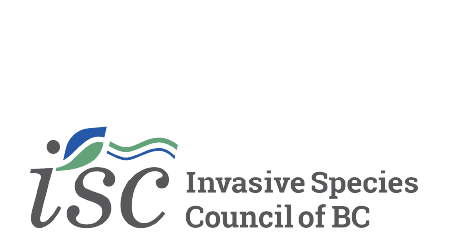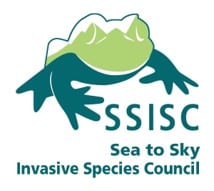Our Networks
Largemouth bass (Micropterus salmoides) has been introduced to BC as a sport fish with serious impacts. This large invasive fish eats many smaller species and reduces the biodiversity of our lakes and streams.
Largemouth bassISCBC works because of strong partnerships.
We work together with a variety of stakeholders to undertake a coordinated, province-wide approach. Our key networks include national and regional invasive species organizations, local governments and Indigenous partners.
Canadian Council on Invasive Species
The Canadian Council on Invasive Species serves as a national voice and hub to protect Canada from the impacts of invasive species. With members and chapters from across Canada, along with governments and businesses, CCIS brings people together to build practical solutions to prevent the spread of invasive species.
Local Government
Local governments are in a unique position to turn the tide of the impacts of invasive species within their jurisdictions. In BC, there are many levels of government growing resources to address invasive species management and prevention. ISCBC helps coordinate the sharing of resources and networking for local governments in the province, supporting their success in this important work.
Indigenous Partners
Our Indigenous partners play a significant role in the work we do at ISCBC, including by making recommendations; for training and resource development and identifying opportunities to build key partnerships. ISCBC coordinates the Indigenous Invasive Species Network to help support communication between partners on invasive species, resource development, and initiatives.
Our Network Of Affiliates
The Invasive Species Council of BC’s Affiliate Network brings together nine independent organizations focused on protecting our landscapes and habitats from invasive species. Together, we are working to build and provide a strong collective voice for BC calling for increased action on invasive species.
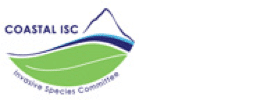
REGIONAL ORGANIZATION
Vancouver Island and Sunshine Coast – Coastal Invasive Species Committee (Coastal ISC)
250-871-5117
info@coastalisc.com
coastalisc.com
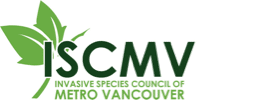
REGIONAL ORGANIZATION
Metro Vancouver – Invasive Species Council of Metro Vancouver (ISCMV)
604-880-8358
info@iscmv.ca
iscmv.ca
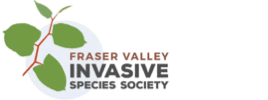
REGIONAL ORGANIZATION
Fraser Valley – Fraser Valley Invasive Species Society (FVISS)
778-548-FVIS (3847)
info@fviss.ca
fviss.ca

REGIONAL ORGANIZATION
Boundary – Boundary Invasive Species Society (BIS)
250-446-2232
info@boundaryinvasives.com
boundaryinvasives.com
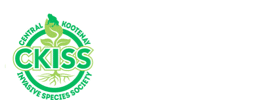
REGIONAL ORGANIZATION
Central and West Kootenay – Central Kootenay Invasive Species Society (CKISS)
1-844-352-1160
info@ckiss.ca
ckiss.ca
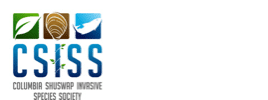
REGIONAL ORGANIZATION
Columbia-Shuswap – Columbia Shuswap Invasive Species Society (CSISS)
1-855-PUL-WEED (1-855-785-9333)
info@columbiashuswapinvasives.org
columbiashuswapinvasives.org
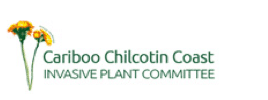
REGIONAL ORGANIZATION
Cariboo, Chilcotin, Coast – Cariboo Chilcotin Coast Invasive Plant Committee (CCCIPC)
250-855-9333
info@cccipc.ca
cccipc.ca

REGIONAL ORGANIZATION
Northwest – Northwest Invasive Plant Council (NWIPC)
1-866-44WEEDS (449-3337)
manager@nwipc.org
nwipc.org
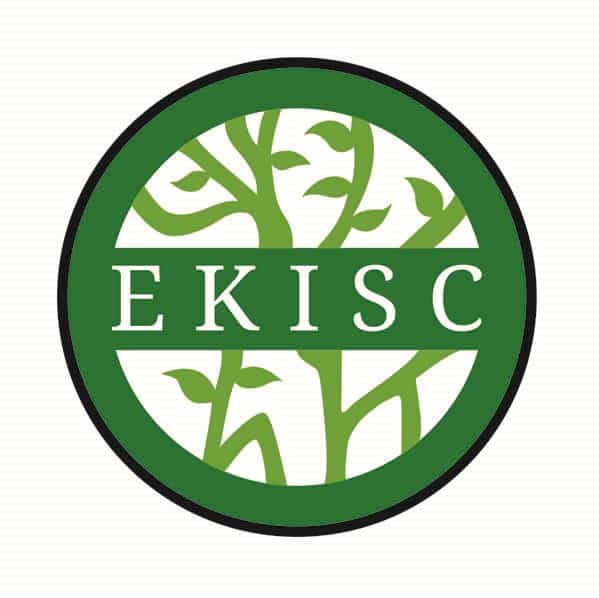
REGIONAL ORGANIZATION
East Kootenay Invasive Species Council (EKISC)
1-888-55-EKISC (35472)
info@ekisc.ca
ekisc.ca
Our Funders
The Invasive Species Council of BC receives and relies on funding and in-kind contributions to support our work to reduce the impact of invasive species. All contributions, including donations of funds, services, time and expertise are highly valued and appreciated by ISCBC. Your support is essential.
A very special thanks to our supporters for their contributions to our efforts by providing a charitable donation.
We acknowledge the financial support of the Province of British Columbia.

